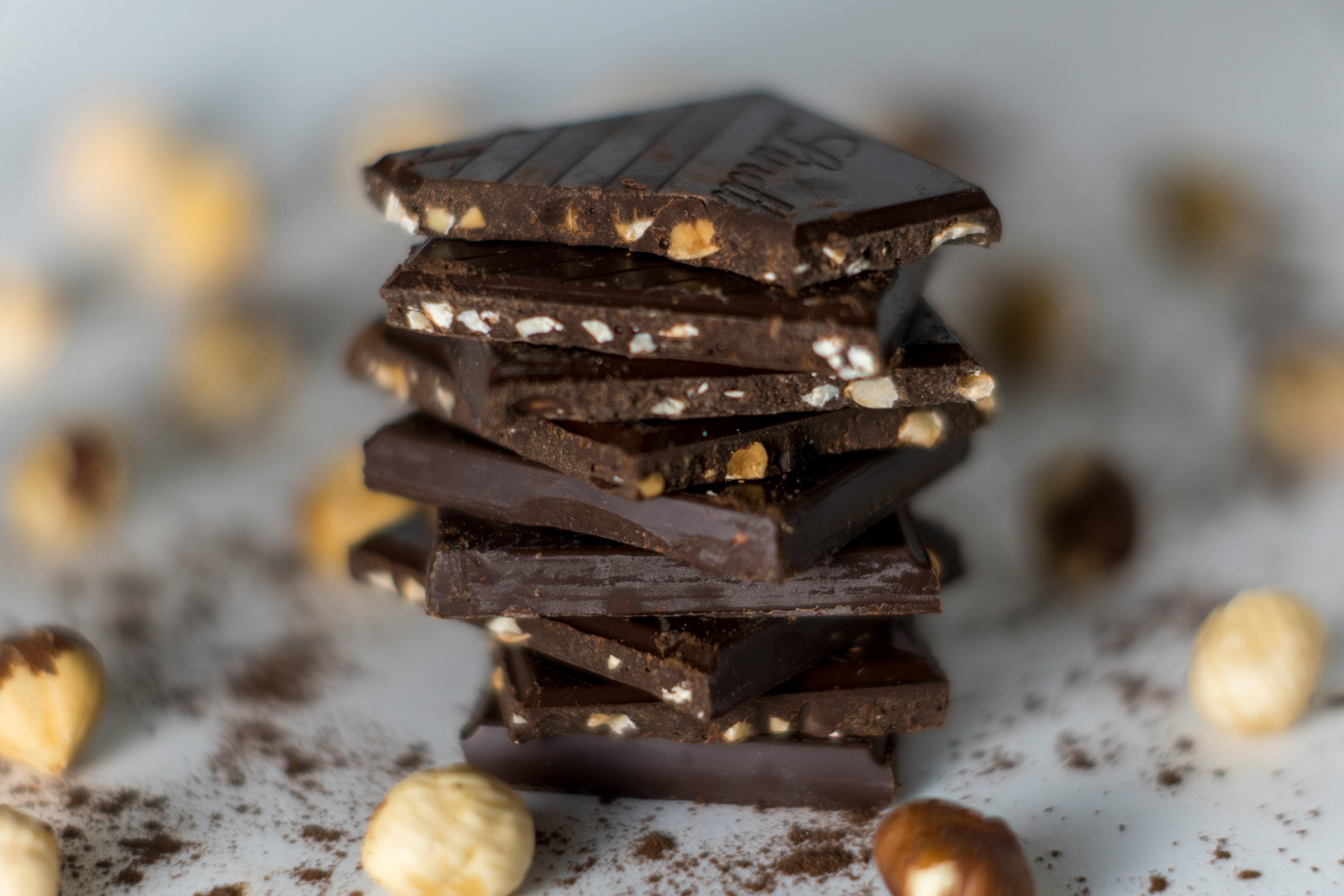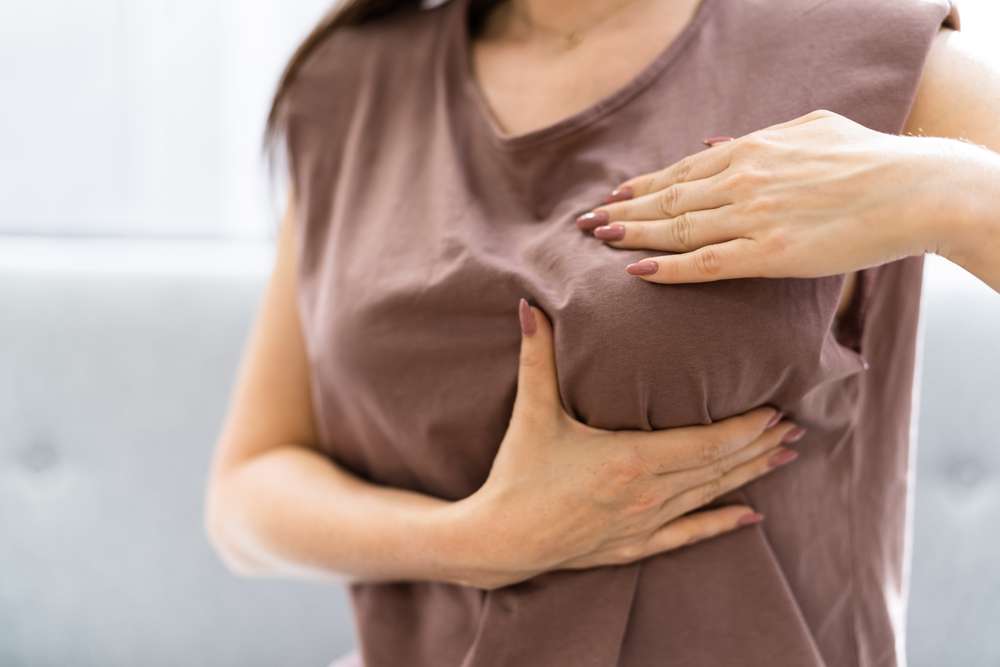Discovering the Art of Edible Flowers: A Blooming Culinary Trend
Edible flowers are not a new concept in the culinary world. However, they have gained popularity recently, becoming a culinary trend that is both innovative and deeply rooted in the traditions of many cultures. This article explores the world of edible flowers, their uses, benefits, and how they can transform ordinary dishes into extraordinary culinary experiences.

A Garden on Your Plate
Edible flowers are making their way from garden beds to dinner plates, and it’s not just for their visual appeal. These vibrant blooms offer a variety of flavors, from the peppery notes of nasturtiums to the sweet, honey-like taste of violets. Chefs worldwide are experimenting with these floral flavors, incorporating them in salads, desserts, cocktails and even main dishes.
Nutritional Powerhouses in Petals
Edible flowers are not just about aesthetics and flavor; they are also packed with nutrients. Many flowers are rich in vitamins A and C, while others provide calcium and iron. For instance, marigolds and dandelions are known for their high vitamin A content, while roses are high in vitamin C. Incorporating these flowers into your meals can boost your health while pleasing your palate.
Beverage Blossoms: Floral Infusions and Mixology
Flowers have also found their way into the world of beverages. Herbal teas infused with chamomile, lavender, or hibiscus have been popular for a while, but the trend has expanded to cocktails. Bartenders are using floral syrups, infusions, and garnishes to create inventive and visually stunning drinks.
Floral Confections: Sweet Treats with a Floral Twist
From lavender-infused chocolates to rose petal jams, edible flowers are making dessert time more exciting. They add a subtle flavor and a touch of elegance to sweet treats. Some innovative examples include pansy-topped cupcakes, daisy-infused ice cream, and elderflower macarons.
Cooking with Flowers: Tips for the Home Cook
Before you start plucking petals for your next meal, here are some useful tips:
-
Always ensure the flowers are safe to eat and pesticide-free.
-
Introduce flowers into your diet gradually as some can cause allergic reactions.
-
Use flowers that complement the flavors of your dishes.
-
If you are garnishing with flowers, add them last to maintain their vibrant colors.
Blooming Forward
Edible flowers are a culinary trend with potential to grow. They offer a new realm of flavors and textures for cooks to explore while adding nutritional benefits to our diets. Whether you are a professional chef or a home cook, experimenting with edible flowers can open up new dimensions in your culinary journey, turning simple meals into creative, sensory experiences. So, why not take a leap and let your taste buds bloom?




